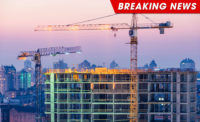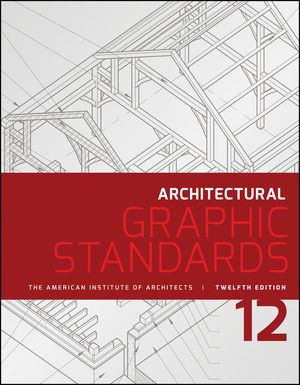AISI is Reaccredited by ANSI as an American National Standards Developer

The American Iron and Steel Institute (AISI) announced it has been reaccredited by the American National Standards Institute (ANSI) under its recently revised operating procedures for documenting consensus on AISI-sponsored American National Standards. The revised procedures, which are posted here, replace the previous version that was approved on June 13, 2017.
Jay Larson, P.E., F.ASCE, managing director, AISI Construction Technical Program, said, “AISI is committed to fairness, transparency and performance in our efforts in the codes and standards arena to ensure steel’s competitiveness in the marketplace. We appreciate the objective framework that ANSI provides by establishing its essential requirements for due process and in reaccrediting AISI as a developer of American National Standards for the design and construction of cold-formed steel.”
AISI has been involved in the support of research and the development and maintenance of cold-formed steel codes, standards and specifications for 90 years. It sought ANSI accreditation and was approved as a developer of American National Standards in 1999. AISI serves as Secretariat for two standards-developing committees: 1) the Committee on Specifications, which addresses the broad range of cold-formed steel structural member behavior and design for building construction, and 2) the Committee on Framing Standards, which focuses on cold-formed steel light-frame construction. These two committees engage a volunteer force of nearly 200 active participants through numerous subcommittees and task groups to develop and maintain a suite of nearly 30 design, installation and test standards. AISI also develops and maintains a suite of design guides and manuals to assist users of the AISI standards.
The mission of AISI’s Codes and Standards team is to ensure that codes and standards for steel construction reflect state-of-the-art industry practices, are technically sound, permit the proper and safe use of steel, promote the recognition of concepts favorable to steel, and ensure that stakeholders have steel as a material of choice.
Looking for a reprint of this article?
From high-res PDFs to custom plaques, order your copy today!







